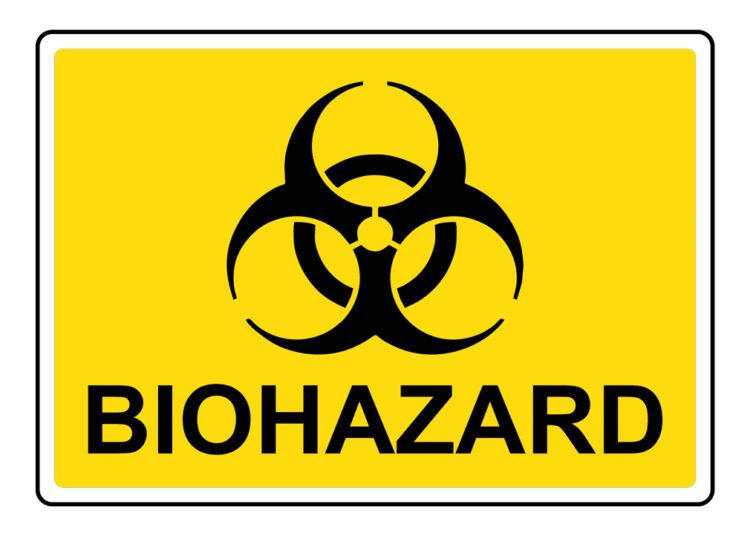In early March of this year, the AerialFire team headed to Sacramento for the Aerial Firefighting North America show. Little did we know that the trip we took would be our last for a while, as shortly after, the COVID-19 crisis went from slight concern to a full-blown pandemic.
As I left Australia at the end of January, people wearing surgical masks in the street were unheard of, although as I left the airport in Melbourne, many workers in airport stores were wearing them, which at the time I deemed quite comical in my head.
Fast forward eight weeks and it couldn’t be less comical. Having been a police officer previously, I am not prone to panic, but as is the case when wide-reaching incidents such as COVID-19 hit, many unfortunately are. That has led to many wide-ranging global economic consequences. Once bustling cities that never sleep, such as Las Vegas or New York City, now lie empty, devoid of thousands of tourists as everyone hunkers down and governments place more and more restrictions on movement in the effort to contain the spread of COVID-19.
That, in turn, has put many thousands instantly on the unemployment line. We hope only temporarily, but some businesses may never recover from the economic impact this virus has caused in such a short time.
Crises can bring out the best and the worst in people. We have seen empty shelves in stores around the world as greed and fear fuel panic buying of essential items. Yet as with the bad, stories like our industry’s very own Bridger Aerospace that I wrote about this week, restore your faith a little. The company has tasked its engineering staff with making masks for local first responders with their 3D printers as other companies like Brooks Brothers, GM, and many more switch gears to make equipment vital in the effort to stop the threat COVID-19 poses.
One question I posed to myself this week was “what will this mean to the aerial firefighting industry?” While that may vary a great deal from business to business depending on what your focus within the industry is, I believe the short answer is minimal. Fires are, unfortunately, a certainty more than a possibility, as evidenced by the record fires in California and Australia, who each endured some of the worst wildfires on record in their previous seasons. Yet in our field, work goes on in preparation for the next season. Fire contracts are still being awarded, with two major contract awards happening just a few days ago.
The aerial firefighting industry is fortunate in that it remains somewhat insulated from the global economic impact that the COVID-19 pandemic is having on businesses around the world that now face uncertain futures. As many begin their training periods ahead of the upcoming fire season, companies are facing challenges in how they can conduct their training hours safely, while taking adequate precautions to protect their staff.
As people, our ‘new normal’ means we stay indoors, unable to visit friends, extended family, or even go to a restaurant for a meal. Take out is the new normal to going out. Skype calls and FaceTime have replaced visiting friends and family, business meetings, and even job interviews – at least for now.
Necessity being the mother of invention, however, sees us inventing new ways to keep in touch with one another, how to do business without physical interaction and how to keep on keeping on with our new normal. We will get through this.
Fly Safe,
Ryan
To read this story in the magazine, click the magazine cover below to visit the online version of the May/June edition of AerialFire Magazine







